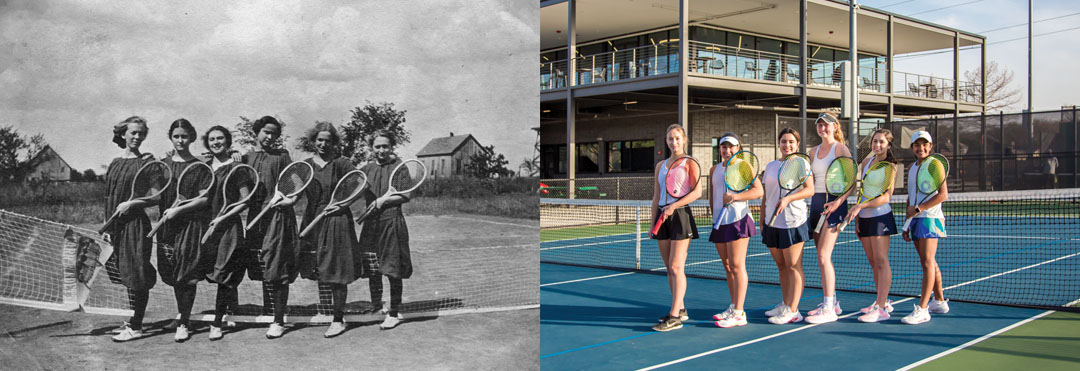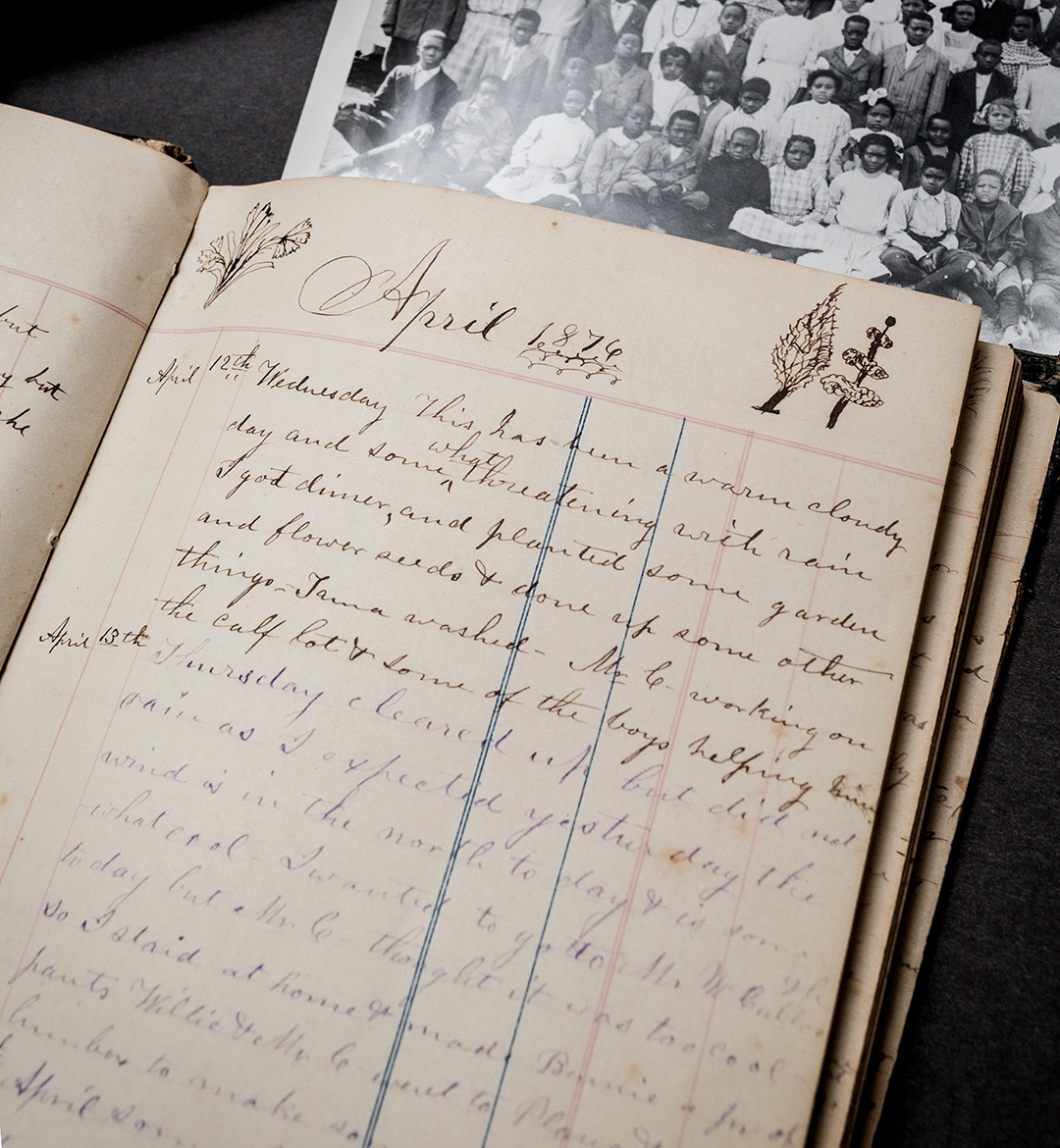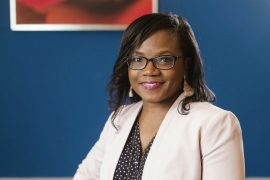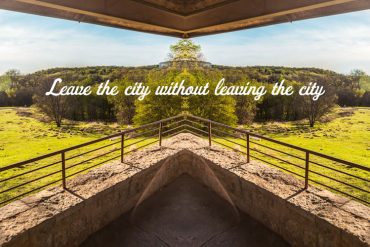While their contributions weren’t always publicly recognized, women played a key role in making Plano the city it is today, as my co-authors and I learned in researching our new book, Plano Past & Present, recently released by Arcadia Publishing. The book pairs images from Plano’s early years with modern photos of the same, or similar, locations.
Women couldn’t own land when the first Anglo settlers arrived in the area in the 1840s – but they clearly pulled their own weight. Settlers were lured here by the Republic of Texas’s offer of free land to white men who lived on the land for at least three years. The deal offered 320 acres to a single man, but twice as much, 640 acres, to a married man. Plano’s earliest female residents helped clear and farm the land, prepare the food, care for the children and tend to the home.

Somehow, those residents also found time to help establish and support the earliest community institutions. By 1850, the Plano area had its first school, its first cemetery and its first Methodist class, the beginnings of what is today First United Methodist Church of Plano. Many of the records that help us understand Plano’s history were created by women: the journals of Lizzie Mathews Carpenter, covering 1857 until 1882, and of Lizzie Smoot, who chronicled her life from 1898 until 1914. The minutes, yearbooks and other records of the all-female Thursday Study Club also offer revealing glimpses of life in Plano from 1914 until 2002, the years the club met.
Combing through photos of Plano women in the late 19th and early 20th centuries, we were struck by the number of women who posed in elaborate hats. Written records suggest that at least four women in Plano worked as milliners at that time – a surprising number for a largely rural community of about 1,300 people.

Female students in Plano’s schools also seemed to enjoy athletic opportunities, long before Title IX. For our book, co-author Cheryl Smith of the Plano Public Library located photos of an early 20th century women’s high school tennis team, posed by a court that appears to be in the middle of a farm, and a portrait of the women’s high school basketball team in 1914, decked out in sailor shirts and bloomers.
By the mid-20th century, women began to receive the recognition they deserved. Many of Plano’s institutions still bear the name of female leaders. Harrington Library is named for Gladys Harrington (1901-2004), president of the Plano Federation of Church Women, which started a free reading service – with 97 books and $60 – in 1953. Wilson Middle School is named for Ammie Wilson (1880-1972), who brought fame to Plano with her prize-winning Hampshire sheep. Her home, the Farrell-Wilson House, is now the centerpiece of Heritage Farmstead Museum.
As Plano celebrates its sesquicentennial – the 150th anniversary of the city’s incorporation in 1873 – it’s a good time to highlight the achievements of women in Plano, past and present. We may not know all their names, but their influence endures.

About the Book
Authors Mary Jacobs, Cheryl Smith and Jeff Campbell and photographer Jennifer Shertzer will sign copies of Plano Past & Present on Wednesday, Sept. 13, 5:30 – 7:30 p.m., at the Interurban Railway Museum, 901 E. 15th St., in downtown Plano. Presentation at 6 p.m. Copies will be available for $25; cash, check and PayPal accepted. All proceeds benefit the Plano Conservancy for Historic Preservation. Plano Past & Present is also available at Amazon and Barnes & Noble.






